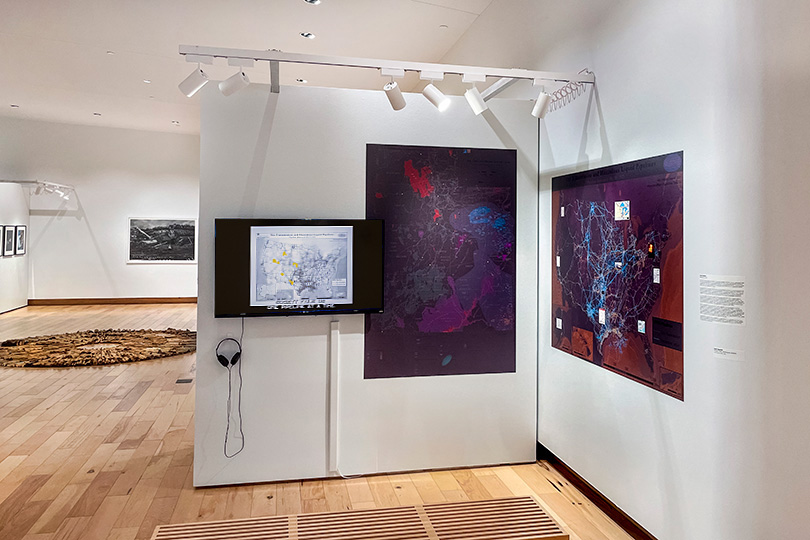572 Fahrenheit
Video, photographs, text (2017/2021)
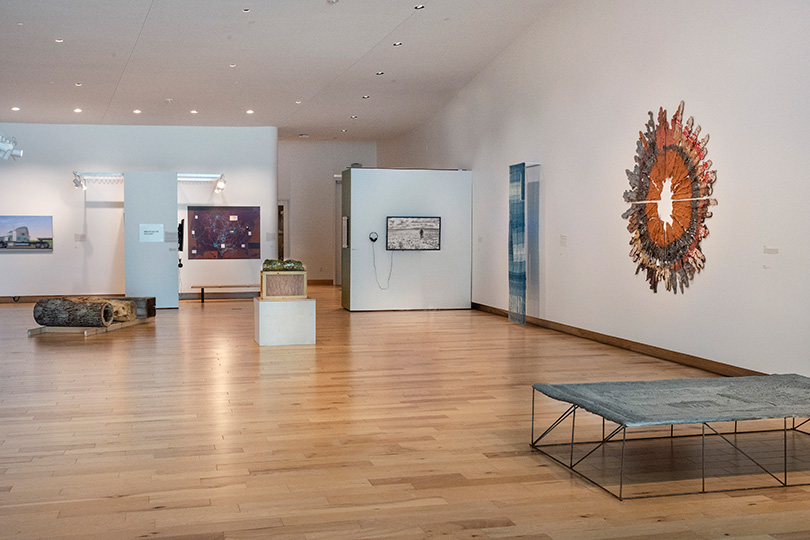

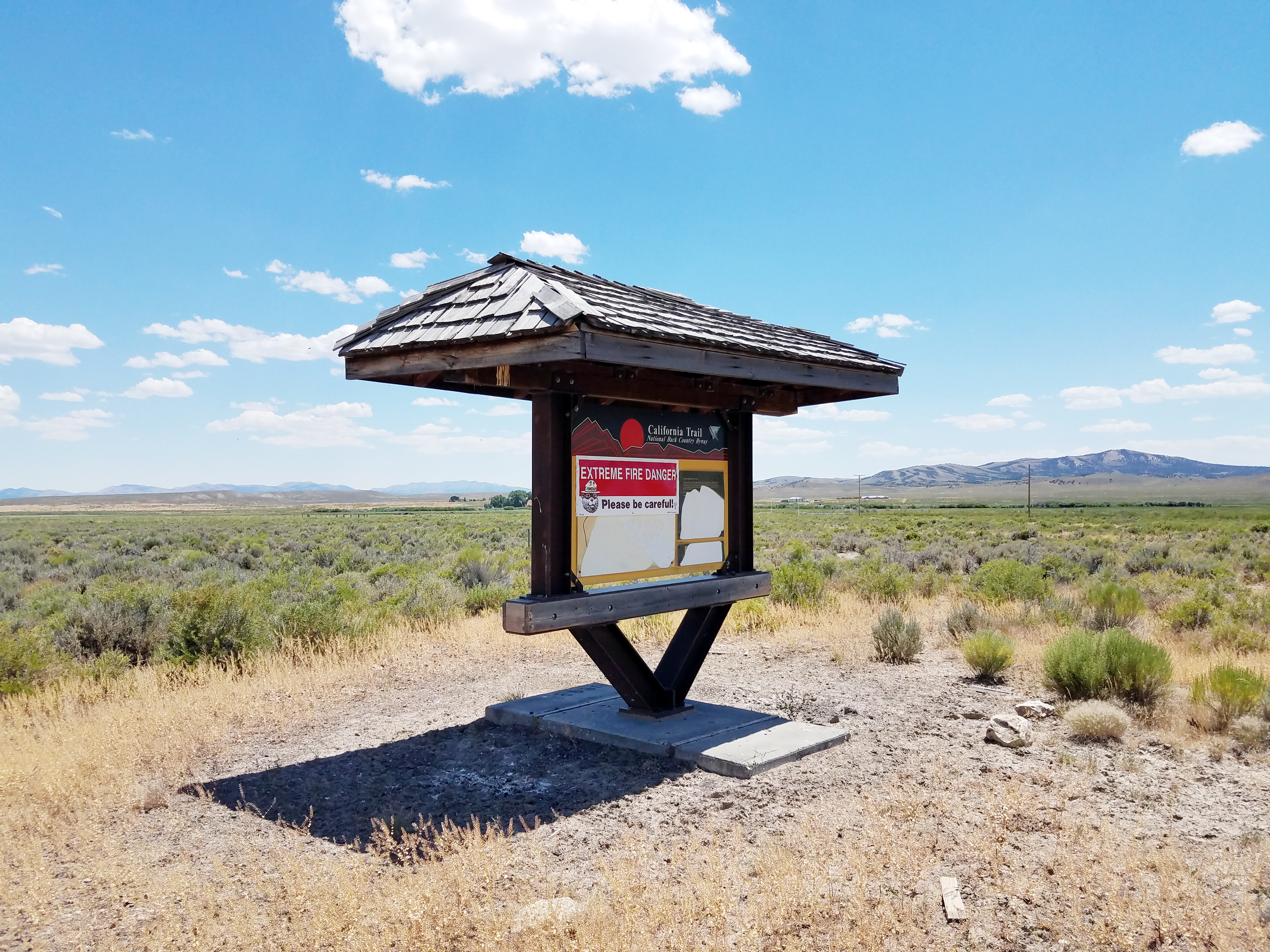
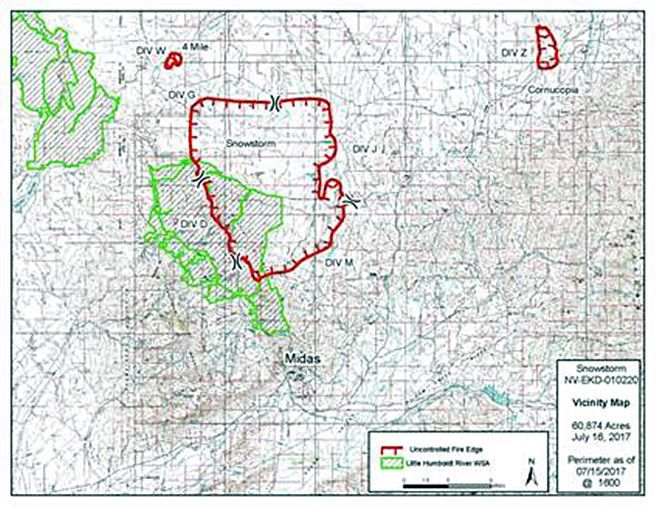
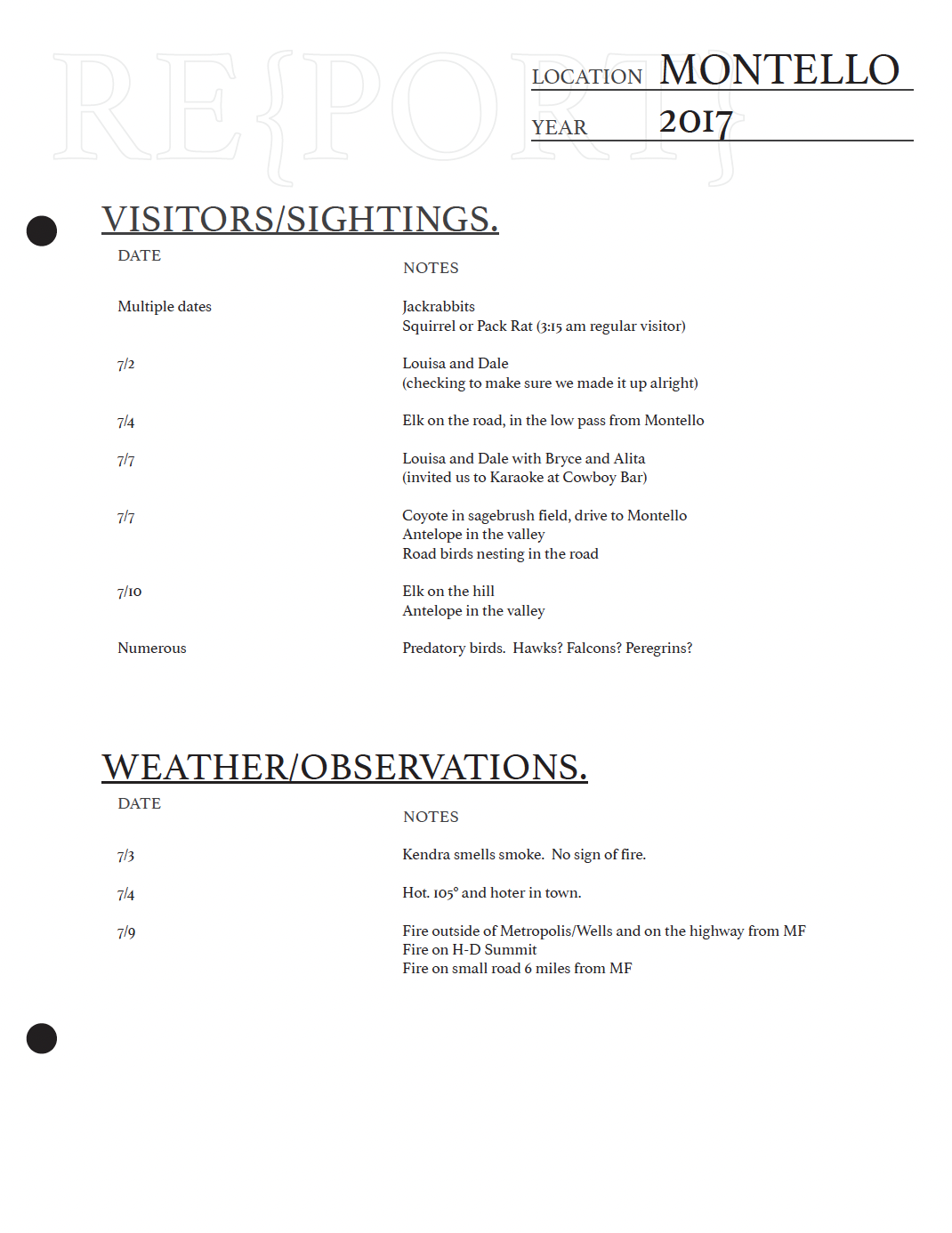
572 Fahrenheit: Temperature At Which Wood Will Ignite
64,000 Acres: Area Burned Over A Single Night
680 Miles: Length of the Ruby Pipeline
Nine fires that were ignited in the area over the July 4th holiday, most by lightning strikes, and which had burned somewhere around a hundred thousand acres over a thousand square-mile area. Along the roads from Wells to Elko, from Wells to Jackpot at the Idaho border, fire crews raced and worked overtime (and over the following weekend) to control the blazes. A smaller fire, about six miles down the road from us, had burned a couple hundred acres and continued to smolder, slow burning its way and occasionally igniting again in the high winds. The crews of firefighters put to rest the question of who is out here. Though the desert feels vacant, untended, it is very much an engineered space. Roads cut through scrub sagebrush allow the BLM, BIA, Department of the Interior, US Forestry, and other governmental bodies to service – and in times of fire, fight to maintain the character and makeup of the desert. Local ranchers must be primarily concerned. Their water infrastructure, cattle, structures and fences are costly to maintain and must be protected. Our neighbors tell us they watch timidly as lighting storms move through the area, hoping any strikes avoid the area about 20 miles south of here where their cattle graze.
The charred land left in the wake of the fire is at first glance not so greatly changed. The scrub sagebrush are consumed almost instantly, but other hardier trees and shrubs seem to resist the intense heat and flame. The trees that we are told are related to olives, though they bear no fruit, seem no worse for the heat after the brushfire closest to the Montello Foundation house. Their bark showing a few burn marks, but perhaps the fire never reaches high enough to scotch their leaves. This is not always the case, as in the nearby Hoppie Canyon pass the hills are covered with the dry, sunbleached stems of former trees, many showing signs of charring or even lightning strikes.
The question occurred to us: how much is this costing? Is there a calculation made between the cost of letting a fire burn, and the cost of putting it out? It is clearly generating jobs for several hundred or thousand, from smoke jumpers to heavy equipment operators, the fire season is an economic engine. At the same time, any costs must be factored against global balance sheets. How much carbon is released at a single moment in a 64,000 acre fire? Given that there are hundreds at fires currently burning the drought-suffering Western states, this momentary release of C02 is quite high.
~ Montello, NV, 2017
